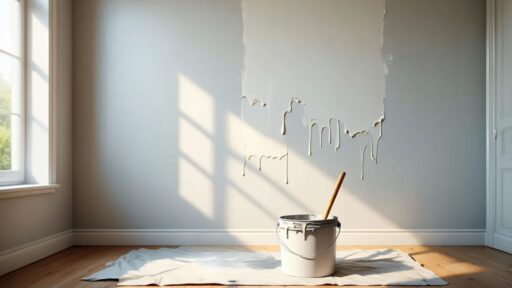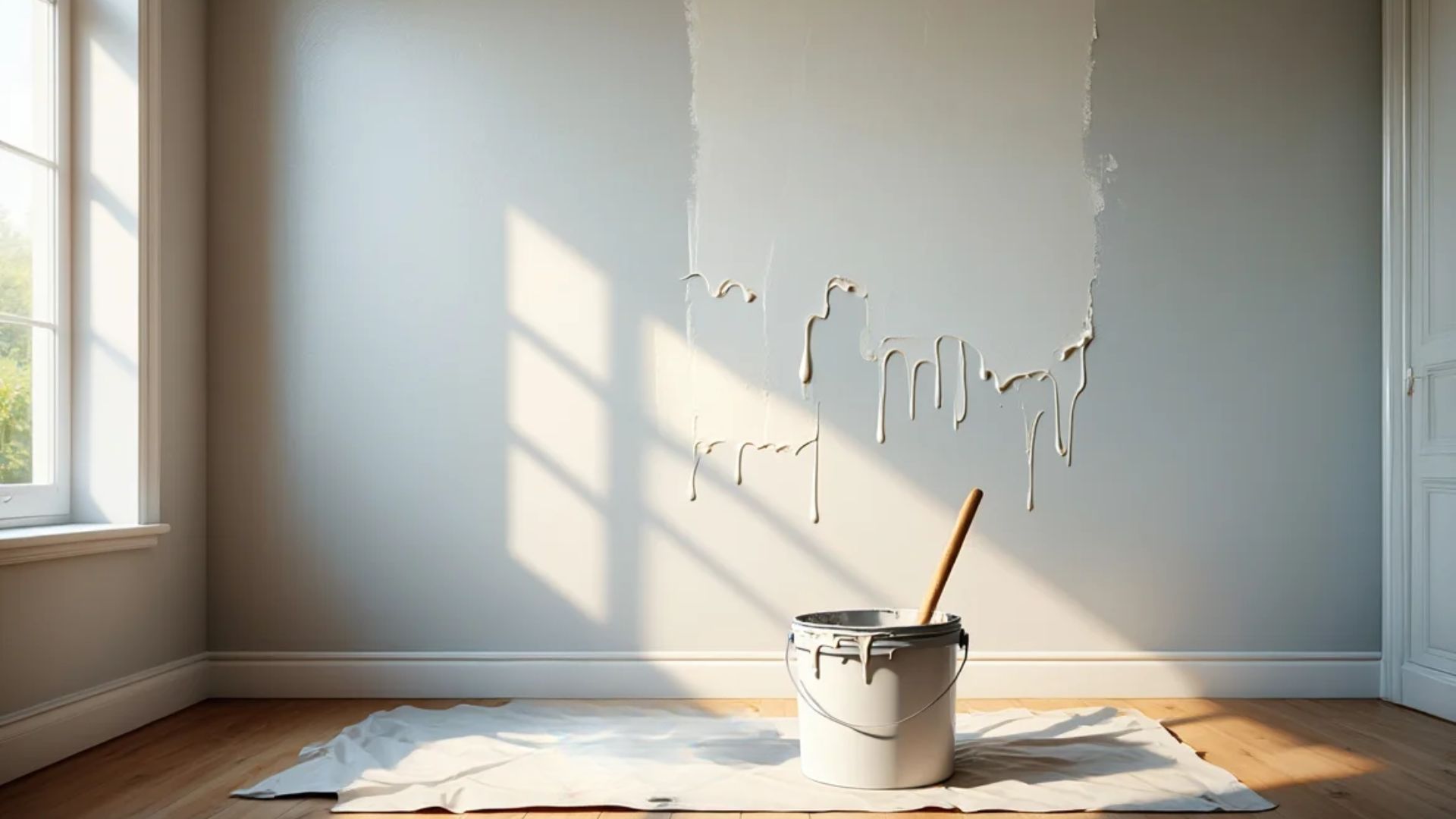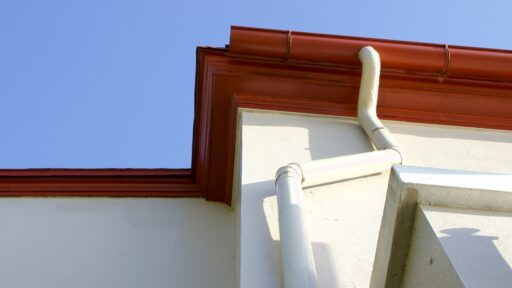Wondering how long it takes for interior paint to dry before you can sit on that freshly painted chair?
Or hang pictures on your new accent wall? I’ve been there!
After painting nearly every room in my house, I’ve made plenty of mistakes.
I’ve learned that paint drying isn’t as simple as the can suggests.
Different paints dry at different rates.
Various surfaces also affect drying time.
Even weather conditions can significantly impact how quickly paint dries.
I’ll reveal the actual paint drying times in real-world conditions.
It goes beyond what manufacturers tell you. Your next painting project will go much more smoothly.
What You Should Know About Paint Drying: Dry vs. Cured
Ever wonder why painters tell you not to touch that “dry” wall?
Here’s the secret: there’s a vast difference between dry and cured paint!
When paint feels dry to the touch, it’s only a surface-level indication.
The paint underneath is still soft and vulnerable.
Cured paint means it’s completely hardened and ready for real life.
This process can take anywhere from a few days to several weeks, depending on the type of paint used.
Knowing this difference helps you avoid smudges, scratches, and those annoying do-over jobs!
How does Paint Finish Affects Drying Time?
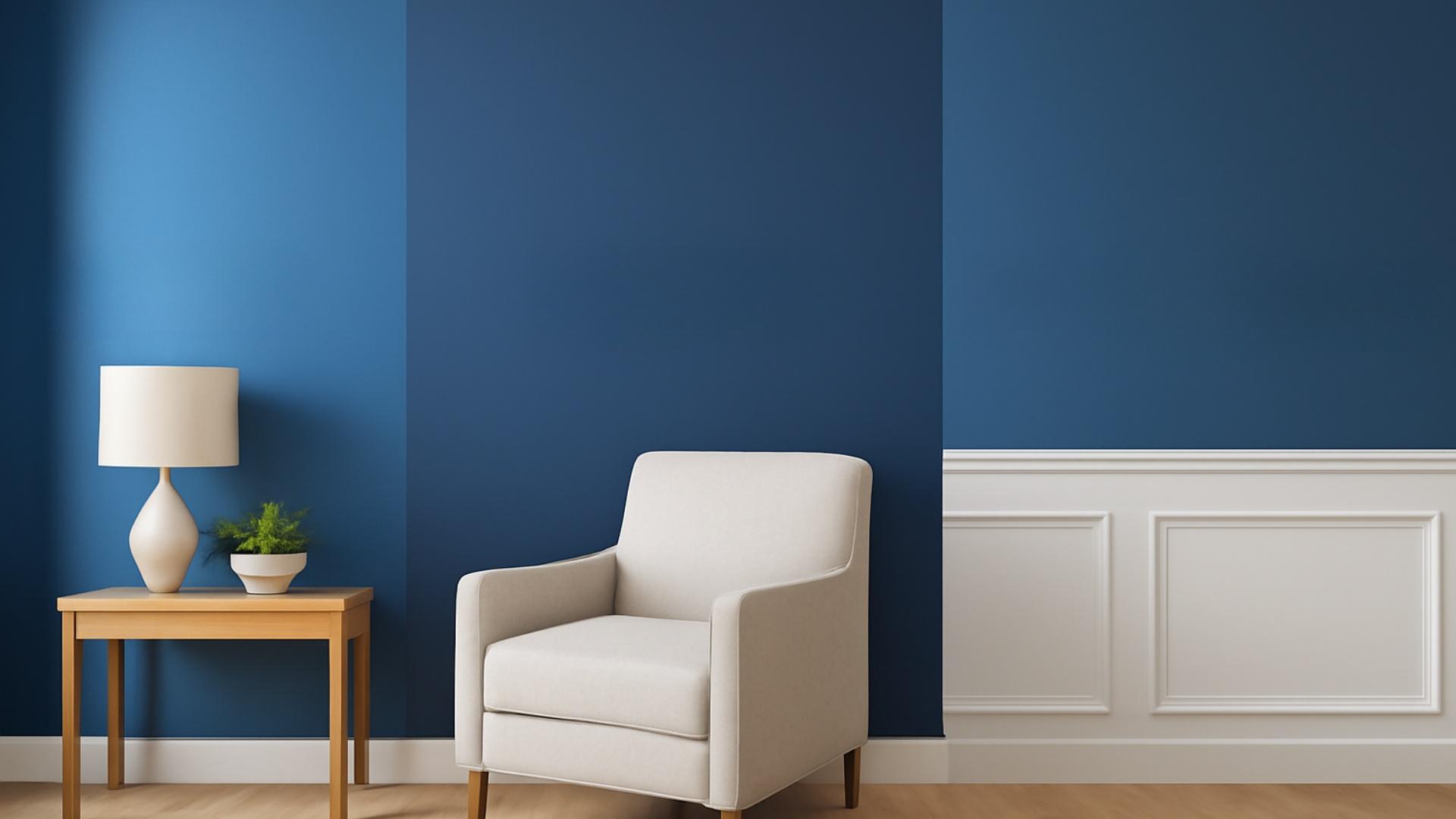
I’ve noticed that the shinier the paint, the longer it takes to dry.
Flat and matte finishes dry the fastest in my experience, usually ready for a second coat in about 1-2 hours.
Eggshell and satin finishes typically require 2-3 hours before I can recoat.
Semi-gloss needs around 2-4 hours for my projects.
But glossy paints are the trickiest!
When I painted my kitchen cabinets with high-gloss, they took nearly twice as long as expected to dry.
The glossier finishes contain more resins and binders, which need extra time.
I learned this the hard way when I ruined my glossy bathroom walls by hanging towel racks too soon!
Typical Drying Times by Paint Type
Different paints dry at various speeds.
I’ve tried most types over the years, and here’s what I’ve learned about the drying times for each one.
1. Latex/Acrylic Paints
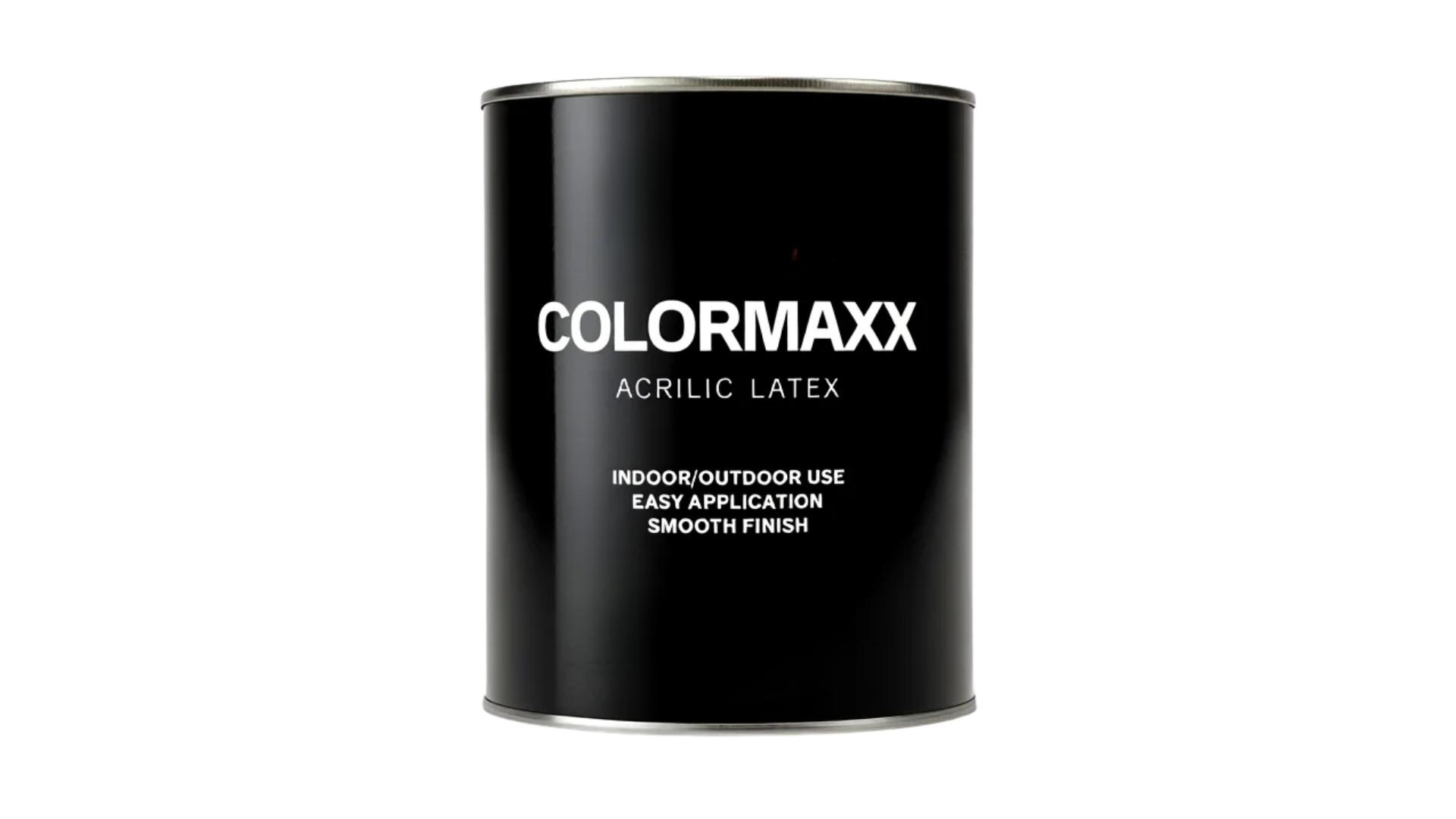
I use latex paint for most indoor projects because it dries fast.
It’s usually dry to the touch after 1 to 2 hours.
For multiple coats, I wait about 2-4 hours between them.
The tricky part is that it’s not fully hardened for up to a month.
I once had to touch up scratches when I moved furniture back too soon.
2. Oil-Based Paints
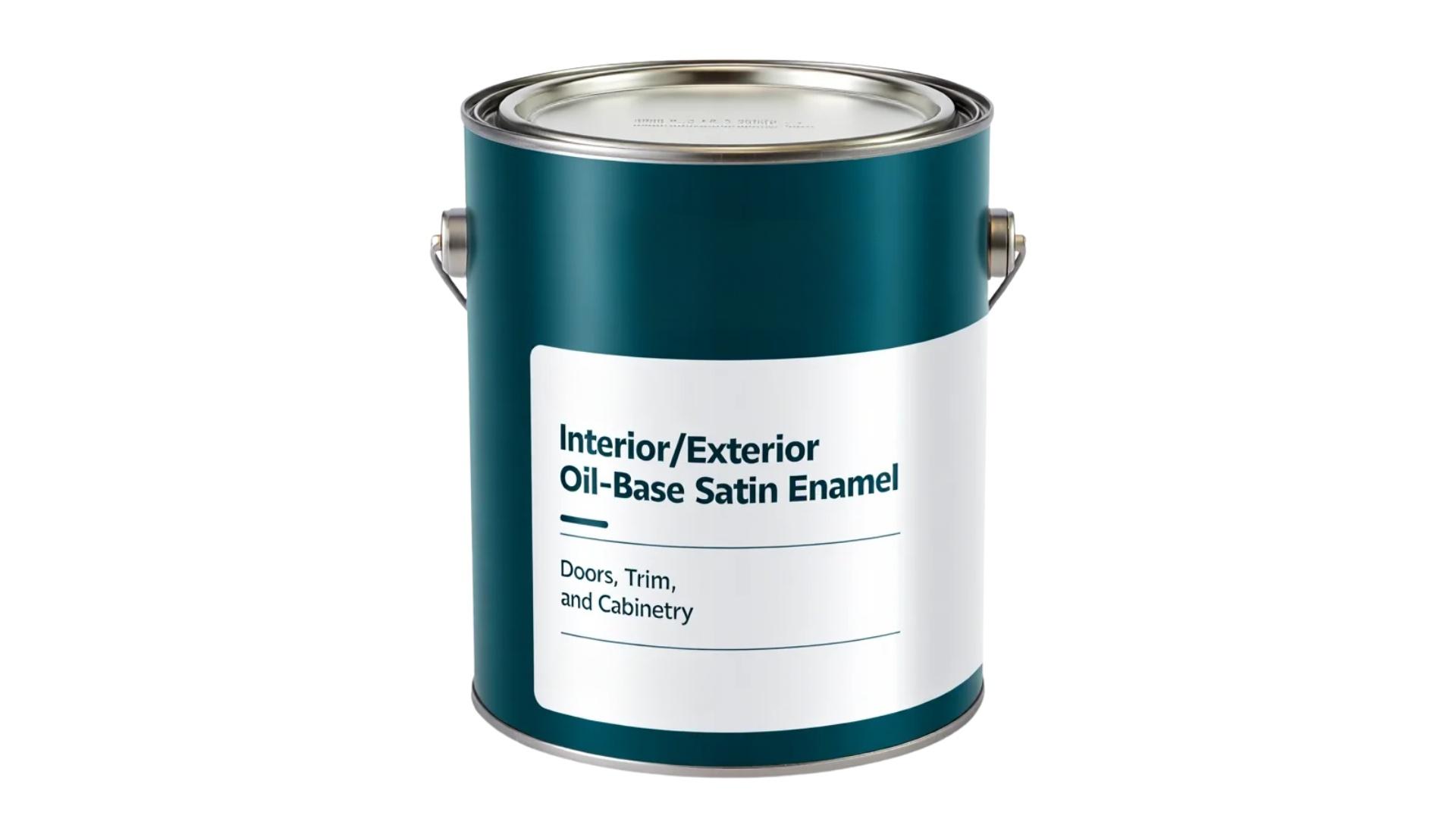
Oil paint takes longer to dry.
When I painted my bathroom cabinets, it took 6-8 hours for them to dry to the touch.
The second coat couldn’t go on until the next day, a full 24 hours later!
For complete curing, I waited over a week before putting items back.
The durability was worth it, though.
3. Chalk/Milk/Specialty Paints
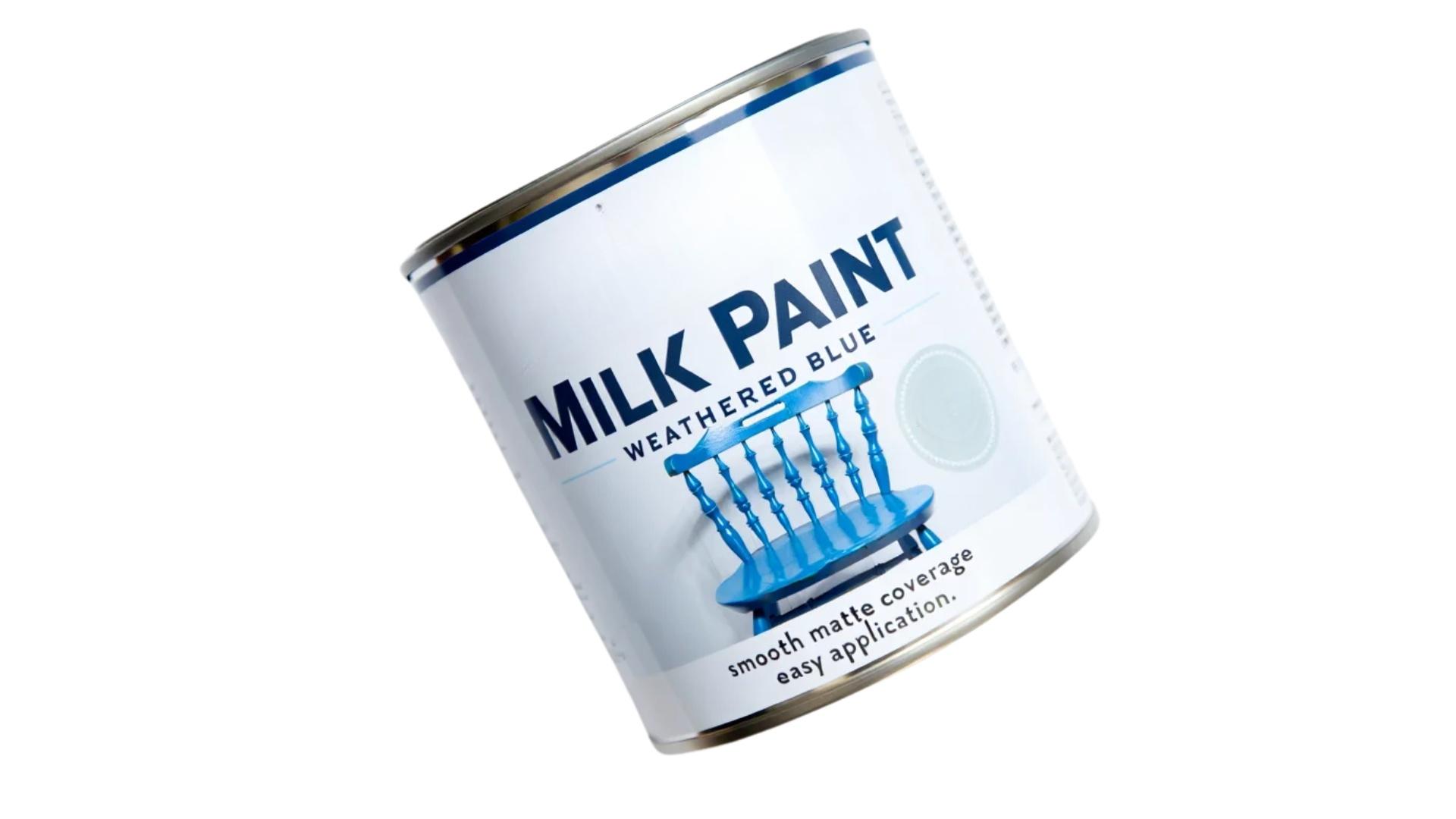
These specialty paints have their own rules.
Chalk paint typically dries to the touch in about an hour.
But the curing time can be several weeks.
I’ve found that milk paints dry quickly, but also need weeks to harden fully.
It’s best to check the can instructions, as brands vary.
Factors That Affect Drying Time

I’ve noticed paint doesn’t always dry according to the label.
Several factors in your home environment can speed up or slow down drying time:
- Humidity: High humidity kept my bathroom paint wet for days, while the low humidity in my bedroom allowed it to dry quickly.
- Temperature: My garage paint stayed tacky in cold weather, but dried perfectly in the 65-75°F living room.
- Ventilation: Using fans in my kitchen cut drying time in half compared to my closed-off closet project.
- Paint Thickness: The thin coats on my dining chairs dried in a few hours, while the thick layers on my bookshelf took several days.
- Surface Type: New drywall in my office absorbed more paint and dried more slowly than my previously painted living room walls.
How Primer Affects the Drying Time
Primer can extend or stabilize the drying timeline depending on its type and the surface beneath.
Water-based primers typically dry within an hour, while oil-based options may take several hours to dry.
When appropriately applied, primer helps the topcoat dry more evenly by reducing absorption.
However, rushing to paint before it fully dries can trap moisture, leading to longer overall drying times and uneven finishes.
Drying Times for Different Surfaces
Different surfaces in your home absorb and hold paint differently, which affects how quickly they dry.
I’ve painted everything from bathroom walls to kitchen cabinets and learned that patience varies by surface.
Here’s a quick reference guide based on my experiences:
| SURFACE TYPE | DRY TO TOUCH | READY FOR RECOAT | COMMON MISTAKES |
|---|---|---|---|
| Drywall/Walls | 1-2 hours | 4 hours | Hanging décor too soon |
| Wood Trim | 2-4 hours | 6-8 hours | Removing tape before it is fully dry |
| Wood Furniture | 2-4 hours | 6-8 hours | Using furniture before it is cured |
| Metal Surfaces | 1-2 hours | 24 hours | Assuming it’s dry when it feels dry |
| Cabinets | 2-3 hours | 8-12 hours | Reattaching hardware too quickly |
The most valuable lesson I’ve learned is always to wait longer than seems necessary.
That extra day of patience has saved me countless touch-ups, especially with tricky surfaces like trim corners and cabinet edges.
When in doubt, give it another 24 hours!
Community Experiences: What Real People Say
I checked painting forums to see what other DIYers experienced with drying times.
Here’s what they shared:
“I always wait overnight between coats, even when the can says 4 hours. Never had a problem since.”
“Summer humidity doubled my drying time. What normally takes 2 hours took 4-5 hours.”
“Box fans cut my drying time in half. I point them at the walls but not directly at wet paint.”
“I ruined my kitchen cabinets by hanging doors too soon. Fully cured means WEEKS, not days!”
“Thin coats dry faster and look better than one thick coat. Be patient with multiple layers.”
Most people agree it’s better to wait too long than not long enough!
Tips for Faster, Flawless Drying
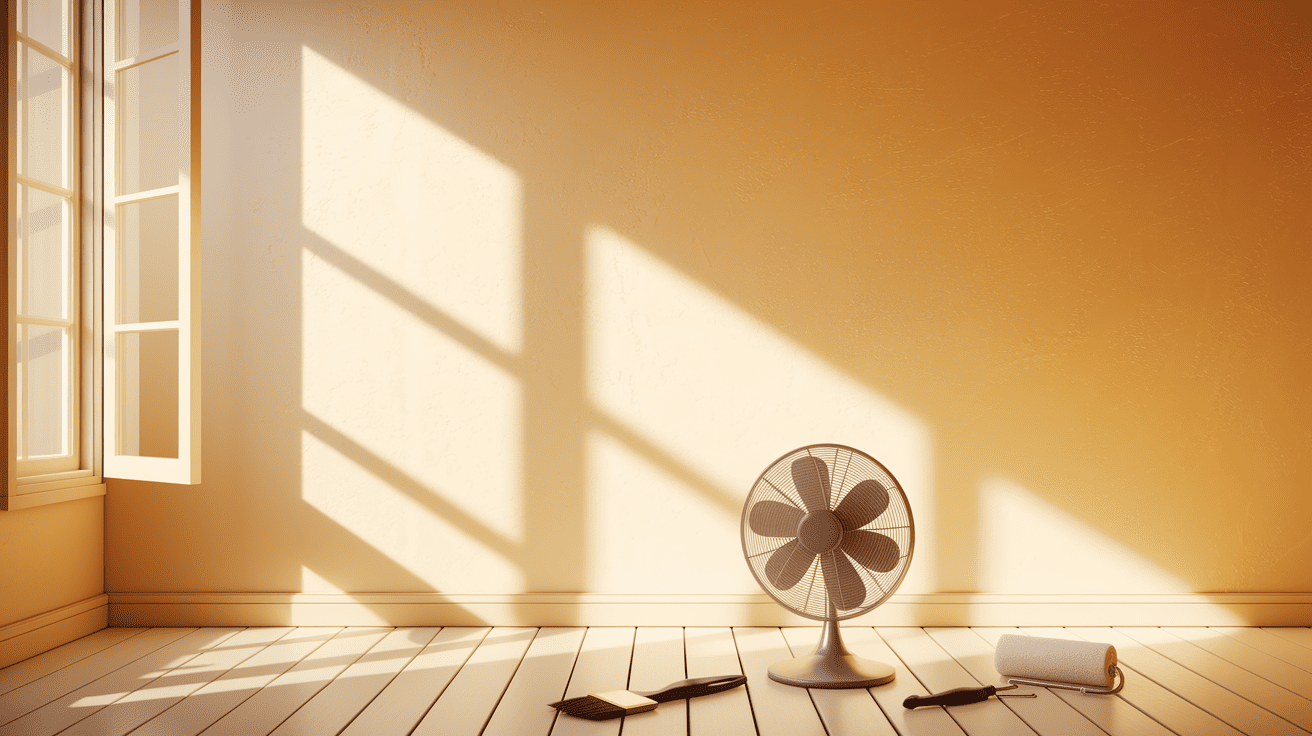
After many painting projects, I’ve collected these tips that help get the best results.
These simple tricks can help paint dry faster and look better:
- Position fans for air circulation without blowing directly on wet paint.
- Paint during moderate weather, around 70°F with 40-50% humidity.
- Clean walls thoroughly before starting; dirt prevents proper drying.
- Apply multiple thin coats instead of one thick layer for faster drying.
- Wait the full cure time (30 days for latex) before hanging items or heavy cleaning.
These simple steps can save you from painting disasters!
The extra planning makes a huge difference in how finished projects look and how long they last.
Troubleshooting Slow-Drying Paint
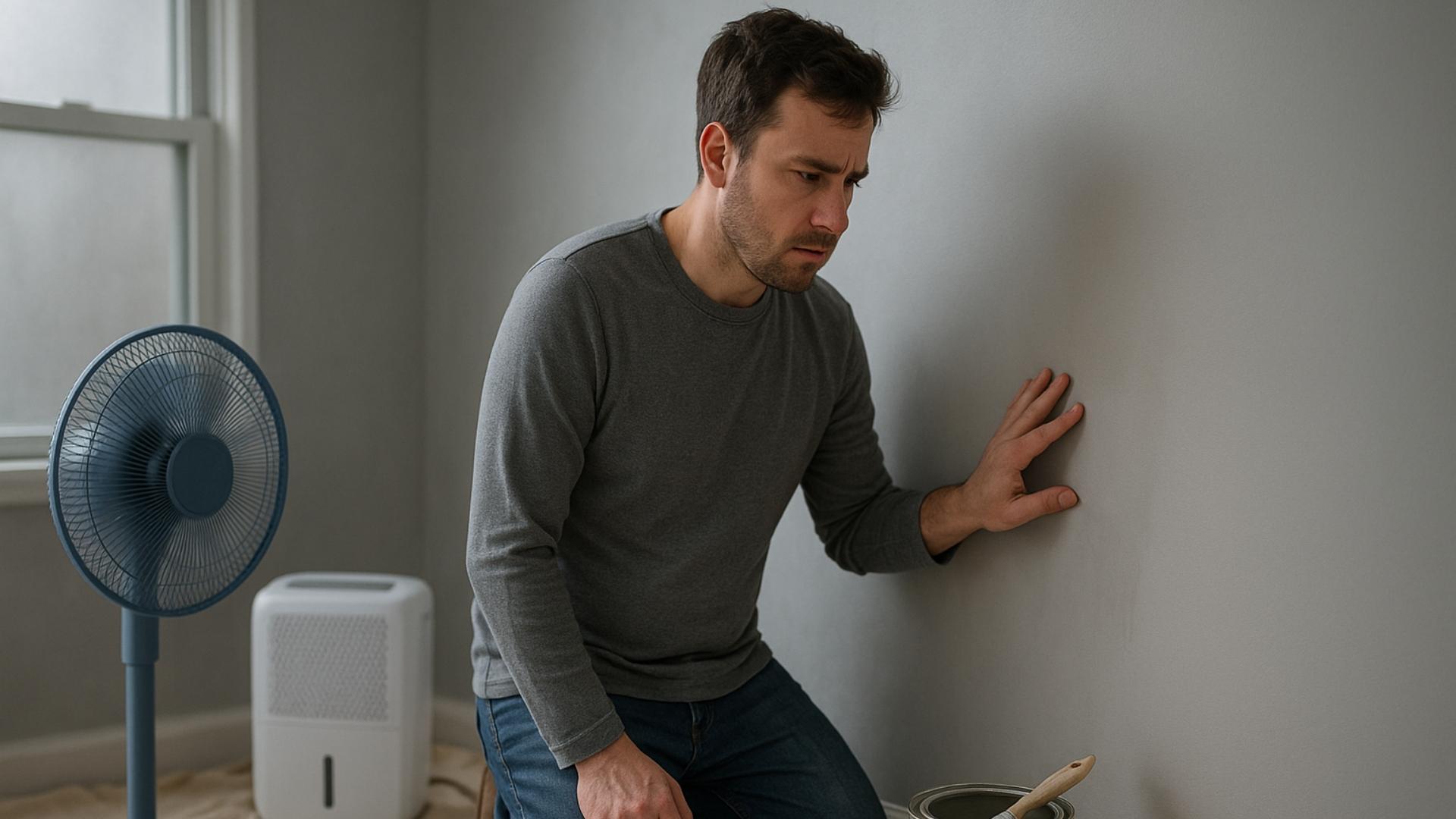
Nothing kills momentum like paint that refuses to cooperate.
If you’re dealing with stubborn wet spots or uneven surfaces, these fixes will get your project back on track.
1. When Your Paint Won’t Dry
You’re standing there, watching paint that should’ve dried hours ago.
Check your humidity levels first; anything above 70% will hinder your progress.
Grab a dehumidifier or fan immediately.
Too thick?
You probably applied it heavy-handed.
Scrape gently and reapply thinner coats.
2. Uneven Drying Nightmare
Your walls look like a patchwork quilt.
This screams temperature inconsistency.
Walk around feeling for drafts—seal them.
Remove wet areas with a putty knife, let dry thoroughly, then spot-treat.
Prevention?
Prime everything first and maintain a steady room temperature.
3. Weather Disasters
Storm hit mid-project?
Cover everything with plastic sheeting.
Power out?
Battery-powered fans are lifesavers.
Equipment dead?
Keep backup brushes and manual tools ready; you’ll be glad you did later.
Remember: patience always beats panic.
Most paint problems fix themselves with proper conditions and a little extra time.
Summing It Up
Now you know how long interior paint takes to dry in real-world conditions!
Remember that “dry to touch” and “fully cured” are two very different things.
I’ve learned through trial and error that patience truly pays off.
It’s tempting to rush with painting projects.
Don’t do it.
Give your paint the full time it needs to dry and cure.
This will result in a beautiful, durable finish.
Your paint job will last for years.
With these tips in mind, your walls will look professional.
They’ll also stand the test of time.
Getting your paint job right is just the start.
Explore more of our home improvement blogs to keep every room looking its best!

